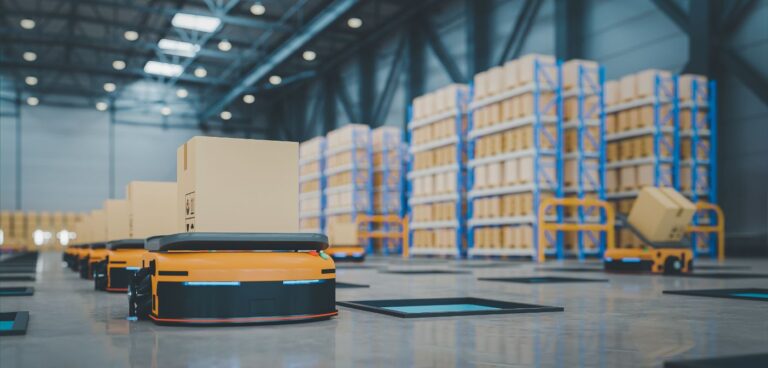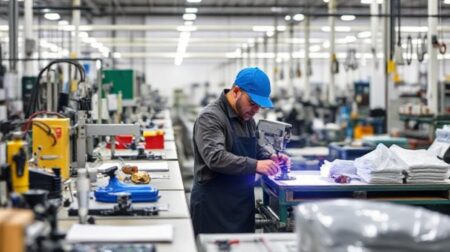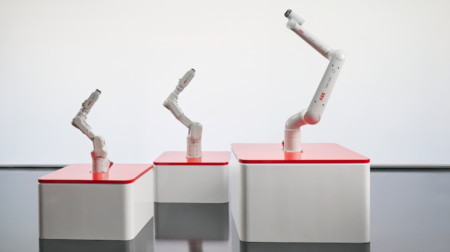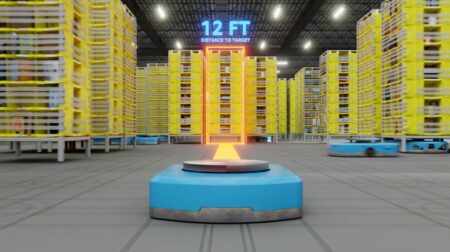According to a new report from ResearchAndMarkets.com, autonomous mobile robots (AMR) are expected to account for 20% of the total warehouse automation market in the next five years.
The total industry is expected to treble in size by 2030, with this upward market trajectory predicted based on improvements in technology, demand and competition among industry players.
AMRs have gained popularity among warehouses and logistical companies in recent years based on their benefits to operational efficiency, such as improving speed, precision and safety.
What’s more, the evolution of large companies such as Amazon, Alibaba and other e-commerce giants has driven the need for improved efficiency and best practice in warehousing operations.
The key industries that are driving the demand for AMRs are e-commerce, manufacturing, logistics and warehousing, according to ResearchAndMarkets.com.
Some of the other major findings of the report include:
- The AMR market in warehousing is a rapidly growing industry, driven by the increasing demand for automation in warehouse operations;
- North America remains dominant in the market and shows strong growth;
- Germany is an early adopter of AMR technology and is leading the European market;
- The AMR market in warehousing is highly fragmented, with several stakeholders operating in the market including OEMs, technology players, software and AI companies, mapping and localization providers, system integrators, and service providers
- The increasing adoption of Industry 4.0, the trend towards the smart factory and the growing trend of connected logistics are also propelling the growth of the market;
- And the high cost of AMR solutions and the lack of market standardisation are some of the major challenges for growth of AMRs in warehousing.
As part of the market analysis, ResearchAndMarkets reportedly examined more than 60 OEM brands, looked at the penetration of AMRs in restrictive environment like warehouses and growth potential and assessed various sector-relevant business models, including direct OEM sales, system integration, and Robot-as-a Service (RaaS).








